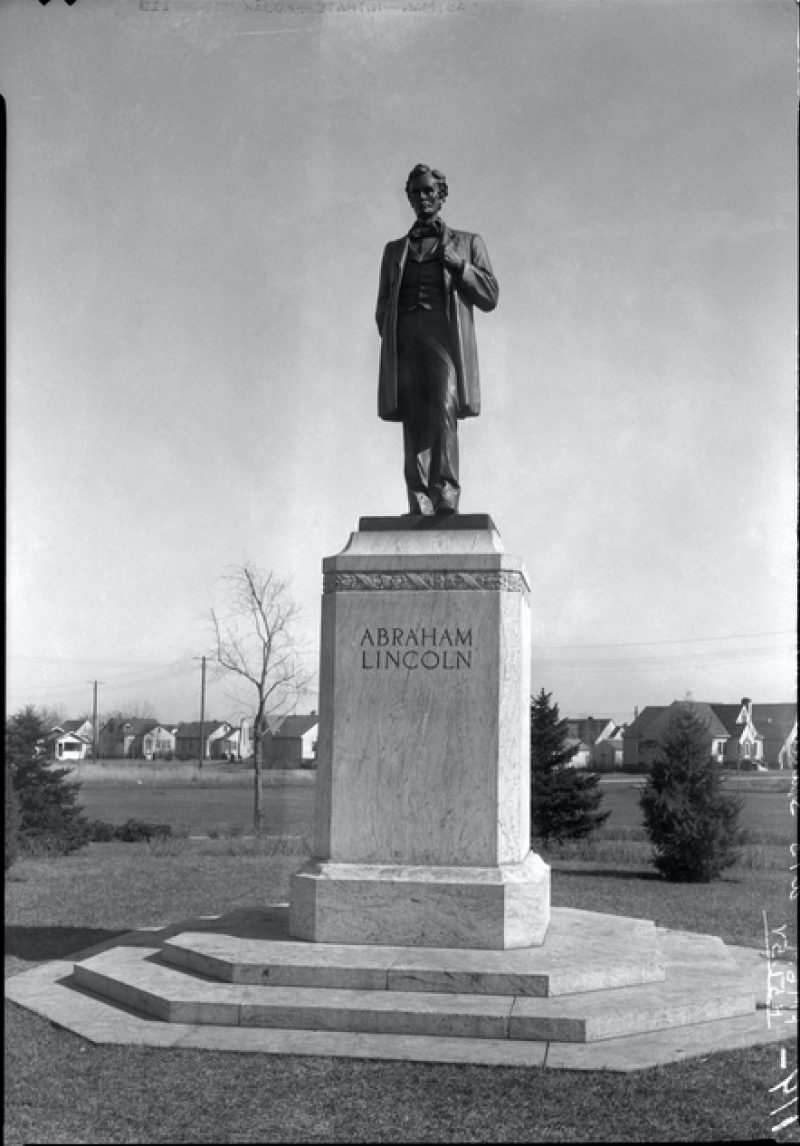
I seem to remember as a kid going to elementary school in North Minneapolis in the 1950s, that some years we got a day off for President George Washington’s birthday on February 22 and some years we got a day off for President Abraham Lincoln’s birthday of February 12. This got me to thinking about our current holiday – this year happening on February 17, 2025. Is it a federal holiday? Is it President’s Day, Presidents’ Day, or something else? Why is it always on a Monday? Which president or presidents does it celebrate? I did some digging, and this is what I found out:
After our first president, George Washington died in 1799, his birthday, February 22, became a perennial day of remembrance. At that time, Washington was revered as the most important figure in American history so the centennial of his birth in 1832, and the start of construction of the Washington Monument in 1848, were cause for national celebration. His birthday was an unofficial day of observance through a good share of the 1800s. Arkansas Senator Stephen Wallace Dorsey first proposed making Washington’s birthday a federal holiday in the 1870s and it was President Rutherford B. Hayes who signed it into law in 1879. At first it only applied to the District of Columbia, but in 1885 it was expanded to the whole country and it joined four other nationally recognized federal bank holidays—Christmas Day, New Year’s Day, the Fourth of July, and Thanksgiving. It was also the first to celebrate the life of an individual American (Martin Luther King Jr. Day would become the second).
In the late 1960s, championed by Senator Robert McClory of Illinois, Congress proposed a measure known as the Uniform Monday Holiday Act. This was a law that sought to shift the celebration of several federal holidays from specific dates to a series of predetermined Mondays. It was seen by many as a way to create more three-day weekends for the nation’s workers but others argued that shifting holidays from their original dates would cheapen their meaning. It had widespread support from both labor unions and the private sector.
The Uniform Monday Holiday Act had originally included a provision that would combine the celebration of Washington’s birthday with that of Abraham Lincoln’s birthday, which was already celebrated in states like Illinois. Senator McClory and many others supported joining the two days as a way of giving equal recognition to two of America’s most famous statesmen and renaming the holiday Presidents’ Day. However, this was a point of contention for lawmakers from George Washington’s home state of Virginia and the proposal was dropped.
The main piece of the Uniform Monday Holiday Act passed in 1968 and officially took effect in 1971 following an executive order from President Richard M. Nixon. Washington’s Birthday was then shifted from the fixed date of February 22 to the third Monday of February.
Nixon’s order called the newly placed holiday “Washington’s Birthday,” but it was not long before a shift to Presidents’ Day began. The move away from February 22 to a Monday holiday led many to believe that the new date was intended to honor both Washington and Lincoln, as it now fell between their two birthdays. Stores soon were advertising “Presidents’ Day” sales for the three-day weekend. It wasn’t long before Washington’s Birthday became known to many Americans as Presidents’ Day and was solidified in the early 2000s. By then as many as half of the 50 states had changed the holiday’s name to Presidents’ Day on their calendars, even though the holiday is officially still named “Washington’s Birthday.”
Even though many now see Presidents’ Day as a day to recognize the lives and achievements of all our U.S. presidents, Washington and Lincoln remain the two most recognized leaders. There are some lawmakers who have objected to this view, arguing that grouping George Washington and Abraham Lincoln together with less successful presidents minimizes their legacies.
Minneapolis has statues of both Washington and Lincoln, and has had a number of U.S. presidents visit here.


